‘Peruvian’ Squill (Scilla peruviana), a perennial bulb of the western Mediterranean that has formed adventive, self-sustaining colonies when left to its own devices in southeastern Australia.
The species was named for Peru on account of the confusion of a 16th c. Dutch botanist, who had misunderstood that the bulbs had been delivered on a ship named Peru. It is also sometimes called by the common names ‘Cuban Lily’ or ‘Havana Lily’, presumably for no good reason at all.
This Squill was sold in Melbourne by 1865, and has been collected just eight times in VIctoria, having formed persistent, self-sustaining populations at old homestead sites, cemeteries and on infrastructural corridors. The form and requirements of its seeds presumably limits its spread from these places in Victoria. The species has also casually naturalised in Tasmania, and in South Australia where it is described as relatively common in the Adelaide area. It has done the same in South Africa and California.
The photographed plants grow throughout Boorondara General Cemetery in Kew, where they clearly form a self-sustaining population. Both purple and white-flowering cultivars are present in the cemetery population, as well as pale bluish individuals (perhaps hybrids?)
At Kew, the species is a valuable component in the cemetery’s ecology, attracting a variety of pollinators including native bees and intense patronage by small ants. Rather than being an environmental problem in the cemetery’s ‘walled garden’, the Squill appears to be a very important resource sustaining insect diversity and density.
Thanks to the advocacy and work of a Friends group, Boorondara Cemetery has so far been spared the cataclysmic damage inflicted on other Metropolitan Trust cemeteries by overuse of chemical herbicides. Through destructive management, once vital places like Melbourne General Cemetery and Pine Ridge Cemetery in Coburg have been reduced to moonscapes.
Unfortunately, I understand that use of spraying has recently been resumed at Kew over the group’s objections.
View Original Post on Instagram
Search for information about Scilla peruviana in the Flora of Victoria
View information and occurrences of Scilla peruviana on the Atlas of Living Australia
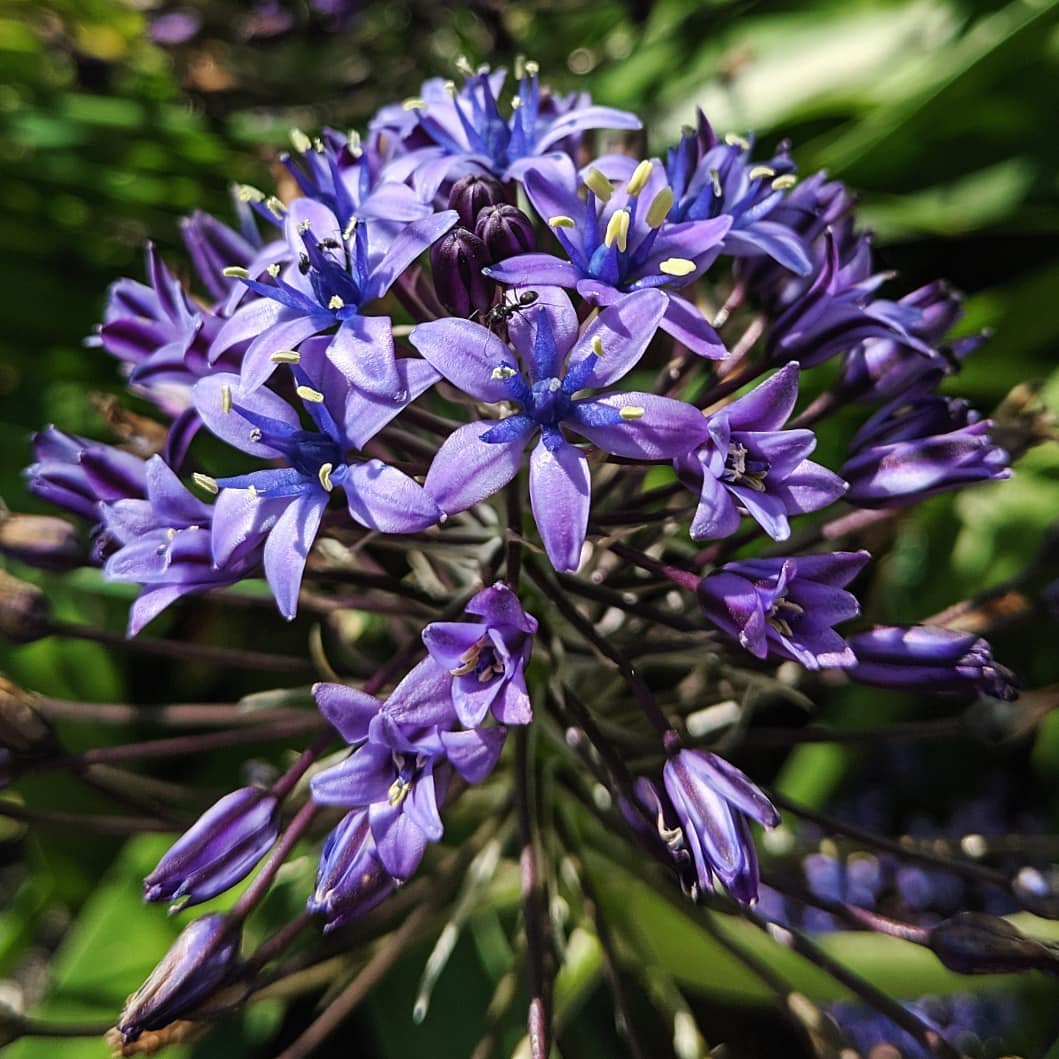
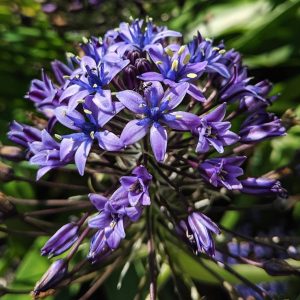
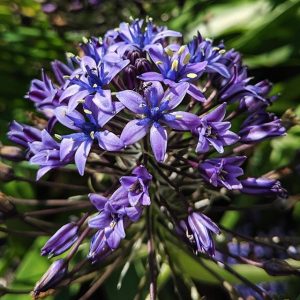
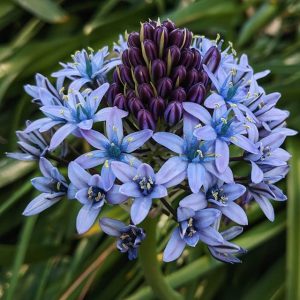
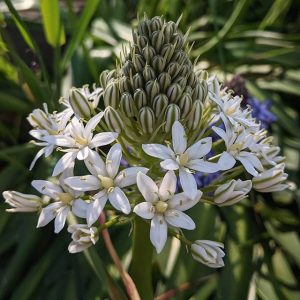
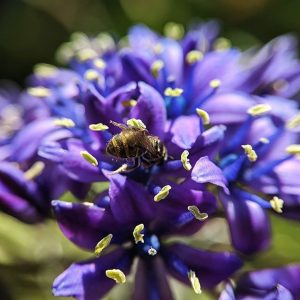
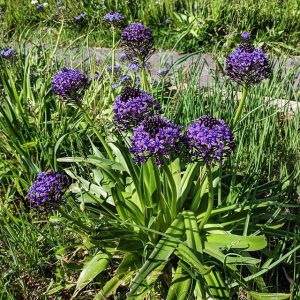
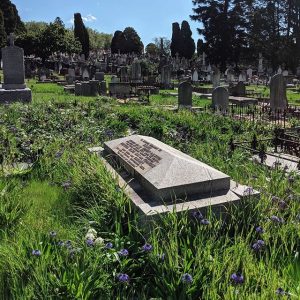
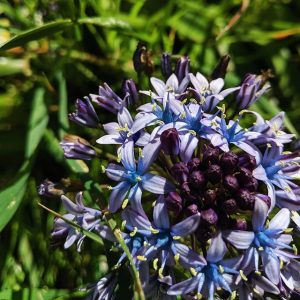
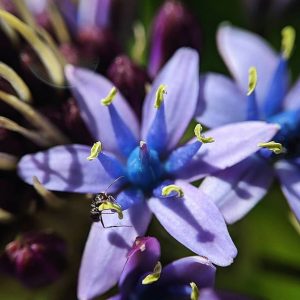
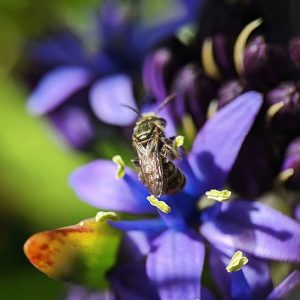
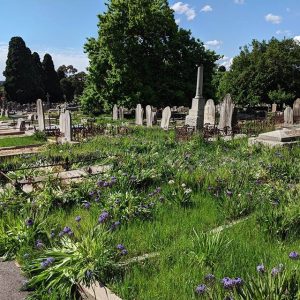
September 29, 2020 at 4:31 PM
I have white ones growing in my garden didnt know what it was or where it came from. Now I understand what it is